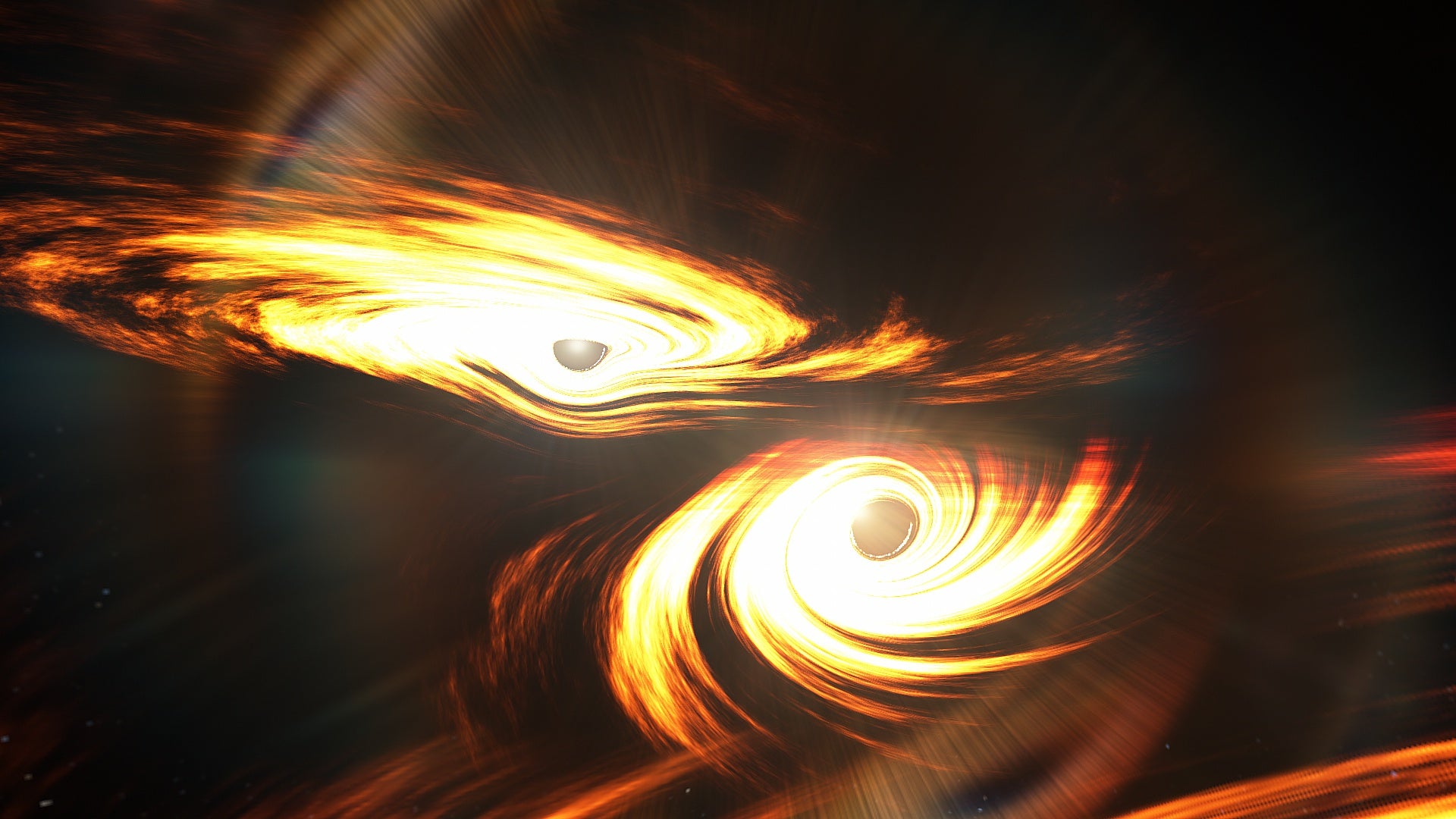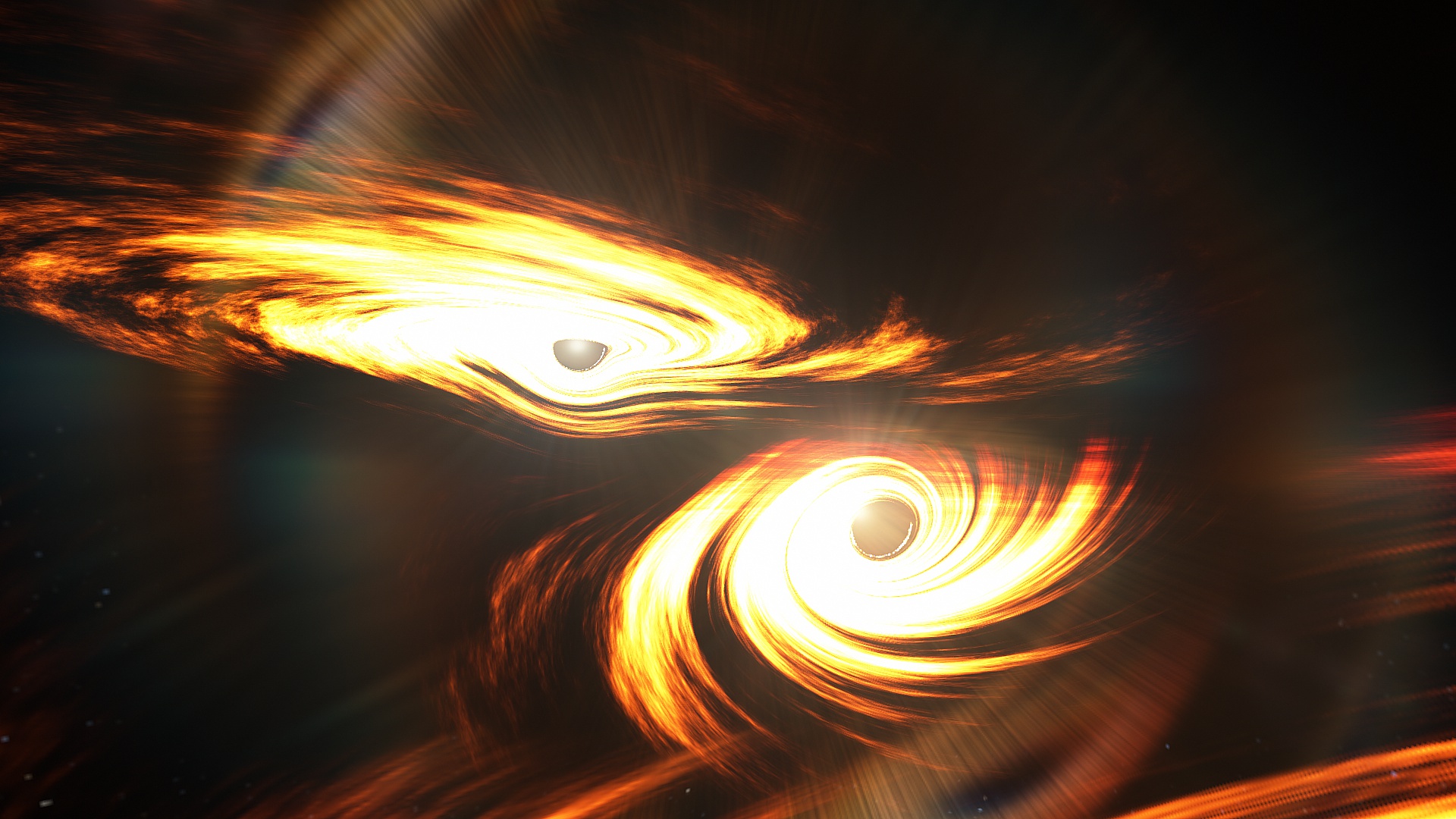Astronomers continue to learn a lot from the first detection of an intermediate-mass black hole.

Waves like these could be used as a test for making predictions of merging binary black holes. Credit: Mark Myers, ARC Centre of Excellence for Gravitational Wave Discovery (OzGrav)]
When the LIGO and Virgo observatories detected gravitational waves in the spring of 2019, the event represented the biggest merger of two black holes ever detected. The wave event, called GW190521, shook the cosmos with a power equal to the energy from eight Suns.
The signal was brief and lasted less than one-tenth of a second, but by analyzing that tiny sliver of time researchers pieced together that the waves were likely produced by a source 15 billion light-years away, when the universe was half its current age, according to an MIT press release. This was especially important because it was the first clear detection of a so-called intermediate mass black hole, a class long hypothesized but not observed until the GW190521 event. This event was the result of two black holes of approximately 85 and 66 solar masses coming together. The result was a black hole with a mass of 142 Suns.
Despite the merger’s power, its frequency was so low that gravitational wave detectors did not pick it up until after the black holes’ last two orbits. A new study published last month in Physical Review Letters found that the black hole merger emitted energy as it initially merged and after it wiggled itself into its new shape. The find is the first evidence of waves created by the gigantic black hole as it settled into its spherical shape. Astronomers are excited by this because waves like these could be used as a test for predicting when the universe was half its current age mergers of binary black holes and their resulting structures.
A tiny frequency with big implications
Black holes want to be spherical. When GW190521 merged, its lopsided shape became spherical after a few milliseconds. The resulting shape change created the waves that researchers detected. By studying the waves, astroniomers can deduce characteristics like a black hole’s size, mass, and the speed of its spin.
The team found that GW190521 produced two signals called ring-down frequencies as they approached. When calculated together, they suggest a resulting black hole of 250 solar masses, even more massive than the LIGO-Virgo team estimate of 142 solar masses suggested in Physical Review Letters and in The Astrophysical Journal Letters.
Results of the study also provide researchers with a way to test and see how well the event supports Einstein’s Theory of General Relativity. And of course it again proves Einstein right. “At the time, I never thought I would ever see such a measurement in my lifetime,” says Badri Krishnan, study author and physicist at the Radboud University in the Netherlands, in a statement.

